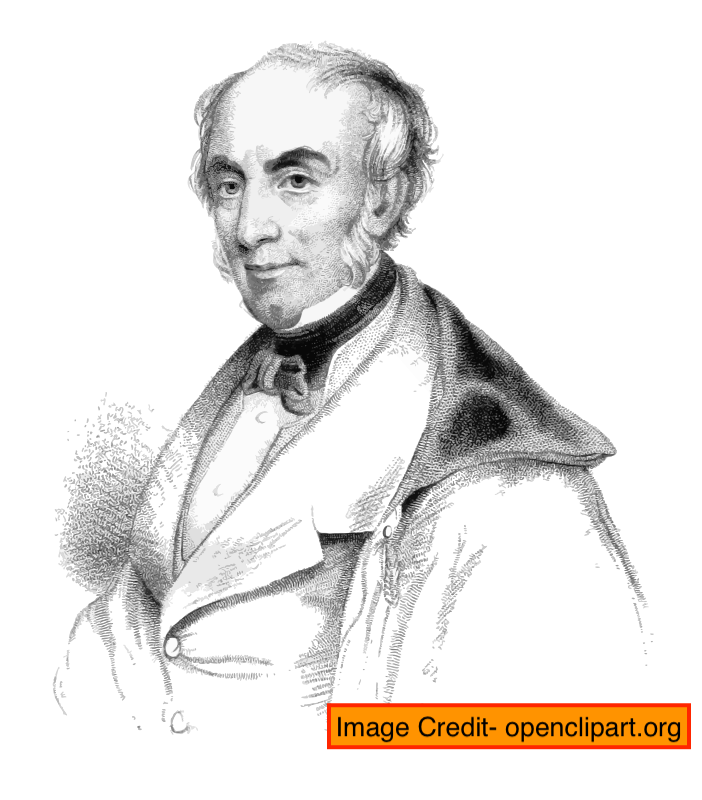(Info4now)- Against the dream character Lucy in Lucy Series, Matthew is a real character in Wordsworth’s Matthew, The Two April Mornings and The Fountain A Conversation. Set in between the publication of the first edition of Lyrical Ballads and the mature years of composition, the Matthew Series anticipates well the development of a philosopher. Humble Matthew is just experienced against the young Wordsworth, but the poet Wordsworth can echo it in a better way.
Summary: The Two April Mornings
Walking together on an April morning, the poet and his friend Matthew got mesmerized by the rising sun with its never-ending beauty. Matthew’s acceptance of God’s omnipotence sounded mournful and the poet waited for a reply from his meditating friend. He stopped a bit and answered that the April morning reminded him of another April morning. It was just the same when he had visited his daughter’s grave thirty years back.
Emma died living only nine summers. He loved her more than when she had been alive. On his way from the graveyard he met a charming girl. She was lovely and fearless. Once he wished to accept her as his daughter who had failed to grow that way. But he didn’t. The poet recalls the day they walked together. He rewinds that gaze of Matthew with “a bough of wilding in his hand”.
Critical Analysis
The expression ‘walked along’ catches the motif of the poem The Two April Mornings. It’s a parallel run of present and the past, happiness and sadness, inexperience and experience, and the poet and his friend Matthew. While the poet is enamored with the outward beauty of the April morning, the humble old man finds divinity in it. He has the courage to accept two different April mornings. The April morning thirty years ago moves him with the memory of his nine year old daughter’s death. So in the beauty of the April morning he rightly finds ‘the will of God’.
Matthew is presented as a determined person. He has excellent control over his emotions. Matthew meets the blooming girl beside the churchyard and it is a common reaction to consider her as his own. But any replacement takes away from his power of realization. He rejects any idea of forced love. He accepts the death and at the same time the beauty of a memory.
The experience of Matthew suddenly moves to the poet. The line “Matthew is in his grave” opens the door of a transformation. The last stanza brings us to the exact present. The poet remembers their walking together and Matthew’s memory. The poet is meditating on the memory and probably composing the poem.
Conclusion
A Nature poet Wordsworth finds no heeling from the Nature in this poem. It’s an example of Wordsworth’s own violation of his treatment of Nature. But it’s also his another form of incorporating Nature into the composition. Matthew doesn’t consider Nature as the provider of healing beauty, rather finds resolution in the memory the Nature serves. It’s not the source of beauty only, as it teaches to embrace the reality of pathos.
Written in the ballad form, it’s a top class lyric and is based on Wordsworth’s idea of ’emotions recollected in tranquility’. Nature as the source of an unforced acceptance, presented here in The Two April Mornings, paves the way for Wordsworth to write mature poetry. This philosophy of accepting Nature as the teacher takes greater shape in poems like Resolution and Independence and Ode on Intimation of Immortality.
(The article is from the complete personal view of Benazir Mandal who teaches English Language and Literature in an institution under the Govt. of West Bengal, India and thoroughly revised by the author.)





